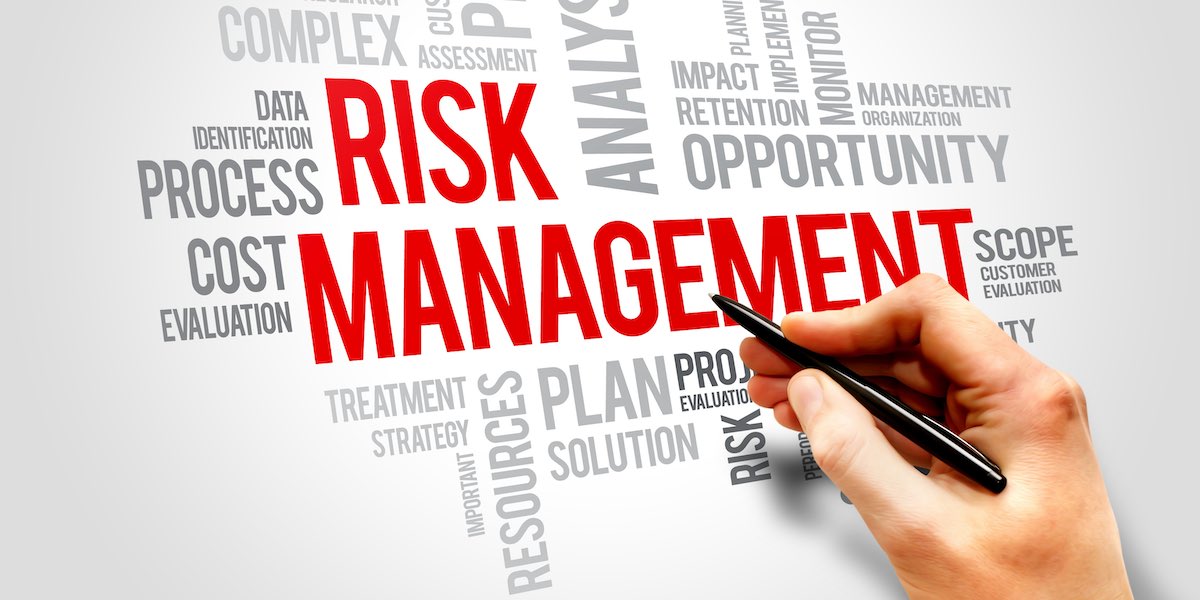During IMEX America week, travel skills and meeting risk professional Kevin Coffey presents three can’t-miss sessions.
On Smart Monday, Coffey shares travel-related best practices to stay safe with “Street-smart travel: Insider tips from a detective’s playbook” and “Must-have travel gear and accessories.”
On Tuesday, Coffey presents his essential session, “Smart risk mitigation for small to mid-size meetings.”

Are there components of risk management for which you feel professionals are lacking?
Training. Especially just taking a little time to better understand the basics of meeting and event risk management. And training shouldn’t be a one-time thing, it should be ongoing.
I’ve found it interesting when I speak to meeting and event professionals, I show a slide that has the majority of certifications that meeting professionals usually obtain—and they’re familiar with them. I then show a slide from the CMP exam—the Risk Management Domain. They had to study this to pass the CMP exam. After passing the exam, however, it seems that many completely forget about that risk domain and don’t consistently address many of the basic building blocks of meeting and event risk management with their current past.
It’s important for meeting professionals to go back and refresh their knowledge. Risk management is a core competency that needs to be part of every meeting or event, as the safety and security of their clients and attendees should be part of every program they are involved with, especially their small to mid-sized meetings.
You need to build risk management into your entire process and focus on two areas: reasonable expectations and foreseeable events. Create a risk management plan or checklist, whether for 10 or 1,000 attendees. Talk to your suppliers and let them know about it, too. Risk is a concern for you and your stakeholders.
What’s one of the greatest challenges for event professionals when it comes to managing risk—any type of risk—on site?
When it comes to managing risk, meeting professionals need to take the time to enhance their knowledge and to not completely rely on the idea that meeting and event risk is someone else’s responsibility. Some think, “Isn’t that security’s job?” I can almost guarantee that in a significant event that might occur at a future meeting or event, the meeting professional will have to initially deal with it themselves in some way or another.
What if security is in another part of the building or can’t get to where they’re needed? Are the planners aware of where the closest emergency exits are to where their meetings and events are taking place? Planners need to have at least a base level of awareness on how to respond. Those first few minutes of an emergency are incredibly important.
Here's another example, I’m a huge proponent of the importance of AED devices at properties, but when I speak to planners, the majority of my audiences doesn’t ask about AED availability on site. They think that every hotel has AEDs and that is not true. Some properties and brands claim it’s a liability issue—they don’t want the liability—which is interesting because most U.S. states so-called “Good Samaritan” laws that addressed this.
What’s one thing that you hope attendees will take away from your session?
The importance of knowing the basics of meeting and event risk management. At the very least, they should download MPI’s “The Essential Guide to Safety and Security.” This is free to MPI members, and it gives you so much. Then you can turn to someone like me to help give you directions and ideas and thoughts to go through it more in-depth.



